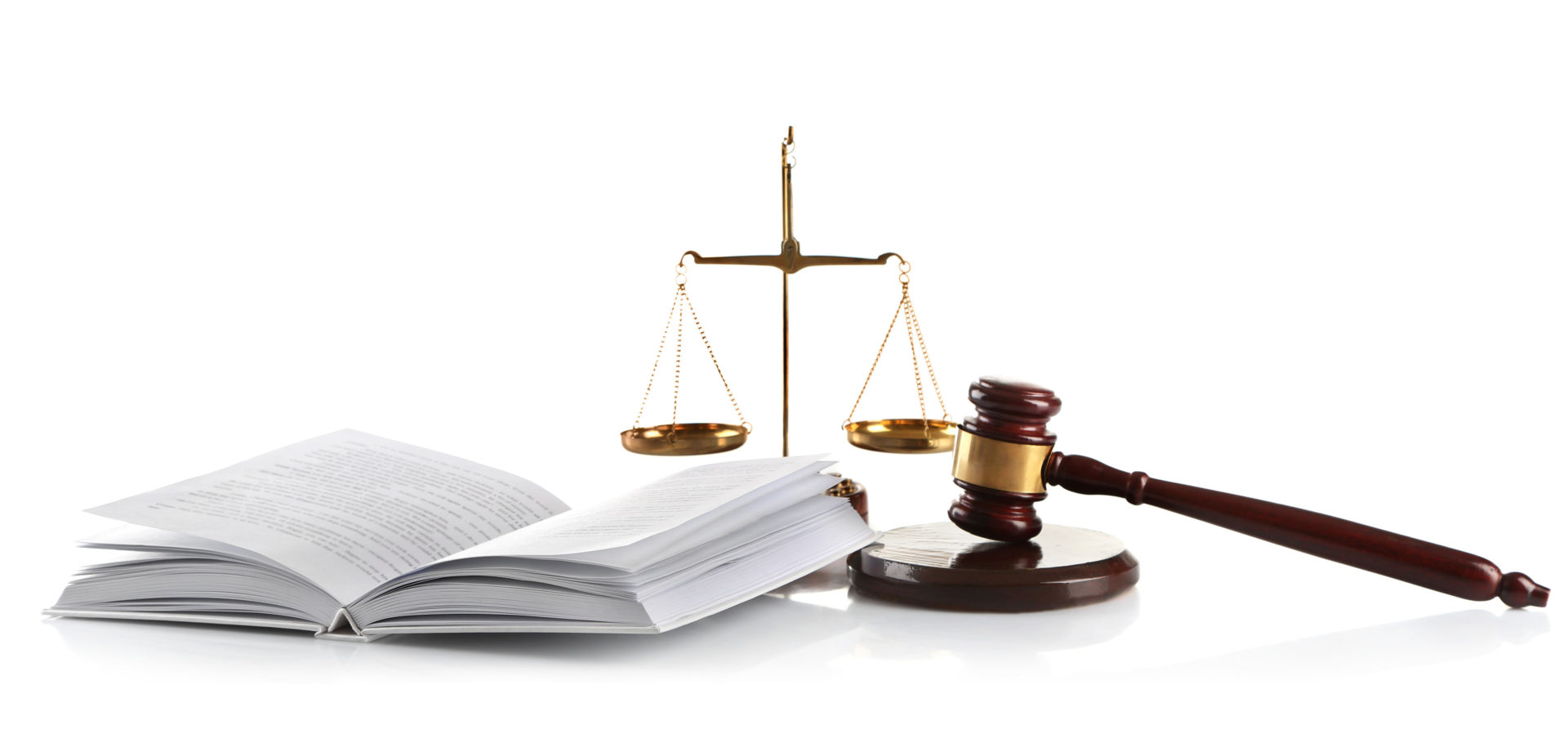AG Szpunar on copyright’s relation to fundamental rights: one step forward and two steps back?

Abstract
During the last three months AG Szpunar has delivered an Opinion in three pending references for a preliminary ruling to the CJEU (C-469/17 Afghanistan Papers, C-476/17 Metall auf Metall and C-516/17 Spiegel Online). All three cases touch upon the relationship between copyright and fundamental rights. On multiple occasions in the past, the CJEU has indicated that the interpretation and application of copyright must be such as to strike a “fair balance of rights and interests”. However, reference to this fair balance has rarely been accompanied by a coherent analysis explaining how this balance is or should be struck. These references provide an opportunity to clarify the potential influence of fundamental rights on (EU) copyright.
As to the interpretation of copyright, these references pose questions about the scope of the reproduction right, the quotation exception, and the exception for use in connection with reporting of current events, in particular in light of fundamental rights. Relying mostly on textual arguments, the AG suggests a very broad interpretation of the reproduction right of phonogram producers and a narrow interpretation of the exceptions in question. On the whole, his approach is unconvincing and, more importantly, largely ignores the undeniable negative impact it would have on the fundamental rights of others.
Two out of three references also raise the thorny issue of the possibility that fundamental rights act as external constraints on copyright. The AG does recognize that an unfettered enforcement of copyright may in some cases lead to a disproportionate interference with fundamental rights, although he emphasizes that the legislature has certain margin of discretion in striking a balance. Ultimately, however, he does not develop a coherent framework that enables a satisfactory demarcation of the borders of that discretion. By maintaining that the judge may deviate from the balance struck by the legislature only in “exceptional cases” or when the essence of a right is violated, the AG suggests a one-sided standard resulting in an excessive degree of restraint.
Author: Daniël Jongsma, PhD Candidate at Hanken School of Economics, Helsinki




